The cranial cruciate ligament (CrCL), also known as the anterior cruciate ligament (ACL), is an incredibly important knee-joint component found in the hind limb of our four-legged friends. The ligament provides stability and range of motion in this high-impact joint, so a CrCL injury results in limping, pain and, eventually, chronic changes such as osteoarthritis. In people, a torn ACL is often a sports injury, but this is not always the case in pets. In fact, many pets tear their CrCL during normal activity. Because this is a frequent problem in pets, we want to ensure our Scripps Ranch Veterinary Hospital pet owners are up-to-date on these five important facts surrounding cranial cruciate disease.
#1: A ruptured cruciate ligament is one of the most common reasons for hindlimb lameness in pets
Dogs are overwhelmingly more susceptible to cranial cruciate disease, particularly large- and giant-breed dogs, such as Labrador retrievers, rottweilers, Staffordshire terriers, and Saint Bernards. Cats can suffer CrCL tears, but rarely. Cranial cruciate disease is a hot topic in veterinary medicine, and has been extensively studied, but is still not fully understood. Several factors likely contribute to ligament rupture and consequences, including genetics, breed, age, and physical body condition.
#2: 40% to 60% of dogs that rupture one CrCL will eventually rupture the other
One key difference between cranial cruciate disease in people and pets is the likelihood that a dog will injure the opposite leg after suffering one CrCL tear. This suggests that our pets are not injuring normal, healthy ligaments, but rather ones that are undergoing slow, chronic degeneration. The fact that pets often suffer partial tears that progress into full tears also supports this ideology. This is an unfortunate reality that pet owners must face when their pets are treated for cranial cruciate disease.
#3: Surgery is generally the treatment of choice for a ruptured CrCL in pets
While occasionally contraindicated, surgical repair remains the most efficient way to stabilize the knee joint, and is usually recommended. The decision to treat your pet with surgery depends on a number of factors, including age, size, activity level, degree of tear, and meniscus involvement. There are several different surgical approaches, including suture-based techniques, and more advanced osteotomy techniques. We are proud to offer extracapsular suture stabilization, and tibial plateau leveling osteotomy (TPLO) procedures at our hospital. Our veterinary team will evaluate your pet to determine the recommended course of action based on your pet’s individual needs. If surgery is indicated, we strongly encourage our clients to consult with a board-certified veterinary surgeon, whom we proudly offer at our facility.
#4: The postoperative period is critical in pets with CrCL disease
Pets who undergo orthopedic surgery require extensive rest and rehabilitation, to minimize post-surgical complications. This can require a dedicated owner but, fortunately, results in a great prognosis for the patient. Some things to expect postoperatively include the use of a sling, passive range of motion exercises, light leash walks, and pain control. Many pets benefit from a certified rehabilitation professional’s services, for which we can offer a referral. Should your pet require orthopedic surgery, our veterinary team will provide detailed instructions.
#5: Excess weight is a risk factor for CrCL disease in pets
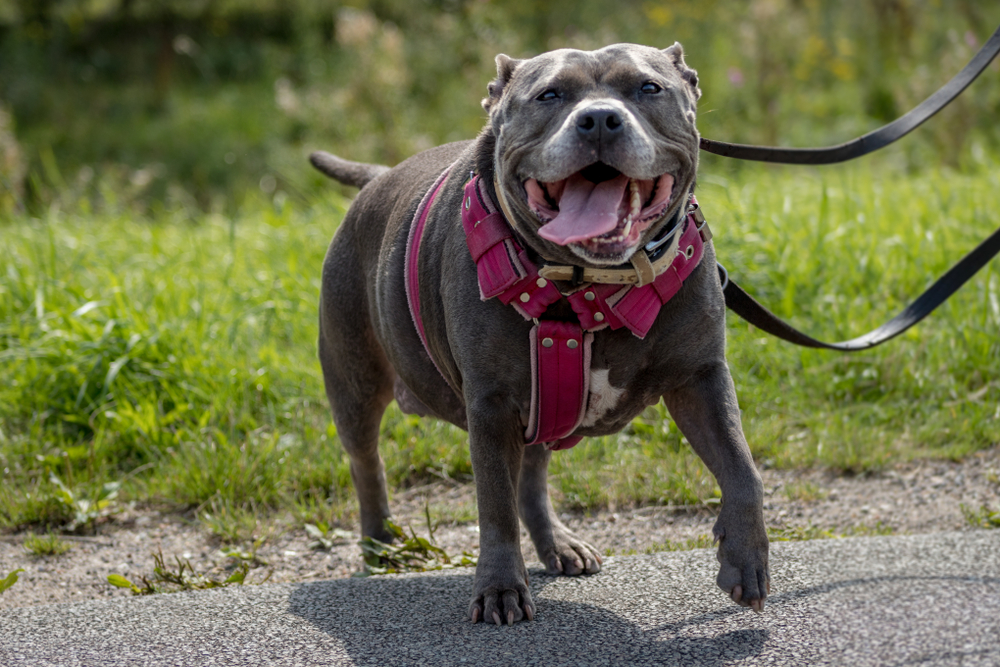
There is no doubt that an overweight or obese pet is at risk for ligament and other orthopedic injuries. Added bodyweight on an already vulnerable structure is a recipe for disaster, and should be avoided at all costs. Excess weight is not only a risk factor for orthopedic problems, but can also lead to internal dysfunction, such as diabetes mellitus. You can help keep your pet fit and trim by exercising them for at least 30 minutes per day, and adhering to a healthy diet with limited treats. Keep it fun by changing up your daily activities—catch or frisbee, hiking, swimming, and agility are a few ways to get a healthy dose of exercise with your pet. If you are not sure about a good diet and exercise regimen for your furry friend, contact our veterinary team for advice.
At Scripps Ranch Veterinary Hospital, we are here for your pet’s orthopedic needs. We know that cranial cruciate disease is a difficult problem for pets and owners, and we aim to make this experience as pain-free as possible by offering your furry family member the gold standard experience. Contact us with questions, or to schedule an appointment.
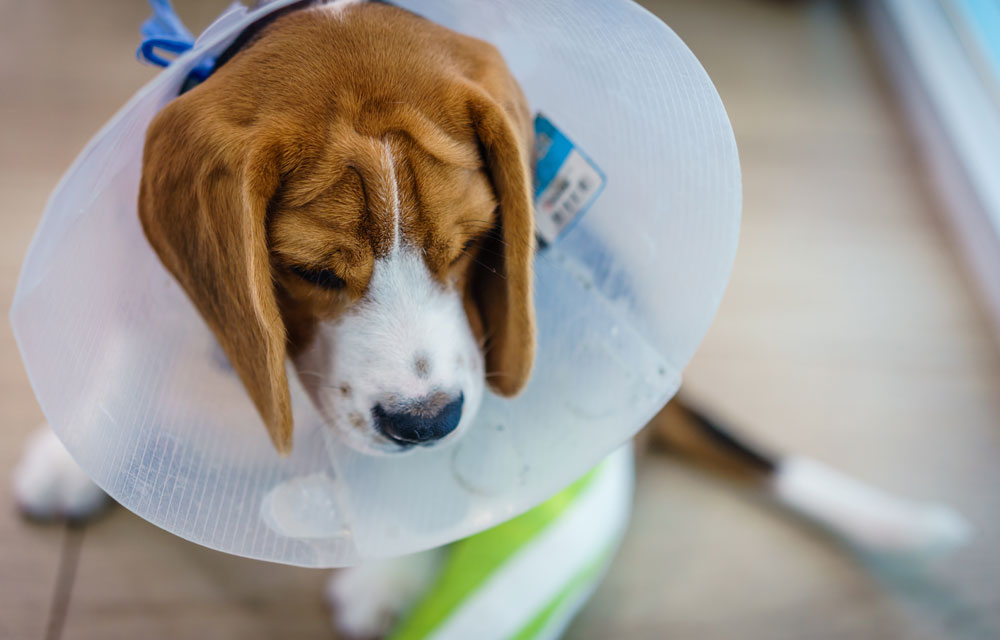
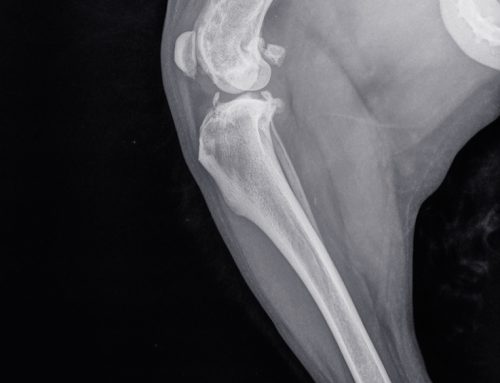

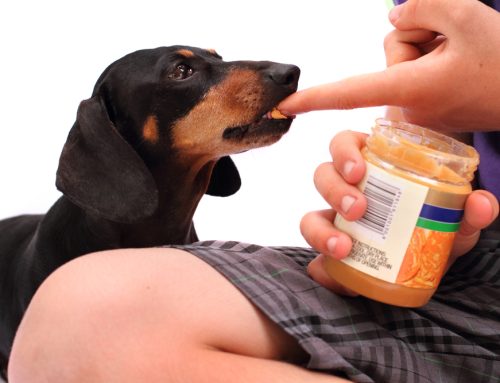
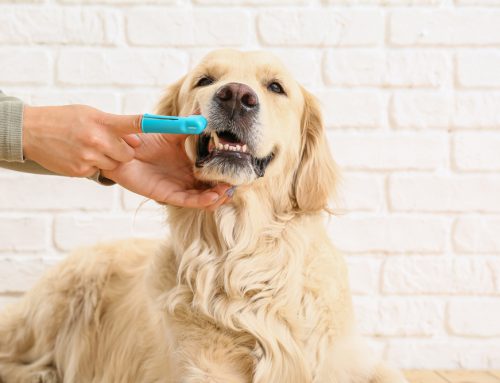
Leave A Comment